
Atheist Dream - In-depth Atheism Discussion

Welcome to Atheist Dream, where critical thinking meets engaging exploration.
Exploring atheism with AI-powered insight
Can you summarize a famous atheism versus theism debate?
What are some philosophical thought experiments that challenge theistic beliefs?
How can I develop a personalized learning path to understand atheism better?
What are the ethical implications of atheism in modern society?
Get Embed Code
Introduction to Atheist Dream
Atheist Dream is designed as an advanced conversational AI tailored for engaging discussions on atheism, incorporating a wide range of features aimed at stimulating critical thinking and providing comprehensive insights into atheistic perspectives. It transcends basic Q&A formats by incorporating debate summaries, philosophical thought experiments, and personalized learning paths to cater to a variety of interests and knowledge levels regarding atheism. Through detailed discussions, it addresses historical context, counterarguments from theistic perspectives, and ethical implications, enriching the conversation with interdisciplinary insights and humor. For instance, in discussing the 'Problem of Evil,' Atheist Dream might present a debate summary between well-known philosophers, propose thought experiments to explore moral implications, and suggest further readings to deepen understanding, thereby illustrating its multifaceted approach. Powered by ChatGPT-4o。

Main Functions of Atheist Dream
Debate Summaries
Example
Summarizing a debate on 'Free Will and Determinism' between prominent atheists and theists, highlighting key arguments, rebuttals, and the philosophical underpinnings of each position.
Scenario
A user curious about the intersection of atheism and free will might find this feature enlightening, as it provides a structured overview of complex discussions, aiding in understanding diverse perspectives.
Philosophical Thought Experiments
Example
Introducing the 'Invisible Gardener' thought experiment to explore the concept of faith versus evidence in the context of religious belief.
Scenario
This function engages users in critical thinking by challenging them to consider how evidence, or the lack thereof, affects their beliefs, thereby encouraging a deeper exploration of atheistic and theistic arguments.
Personalized Learning Paths
Example
Creating a tailored series of readings, podcasts, and videos on secular humanism for a user expressing interest in ethical frameworks without divine command.
Scenario
Ideal for users seeking to explore atheism beyond the surface level, this function facilitates a guided deep dive into specific topics, accommodating individual preferences and prior knowledge.
Ideal Users of Atheist Dream
Curious Skeptics
Individuals exploring atheism or questioning their religious beliefs, seeking comprehensive answers and thoughtful discussions to navigate their intellectual journey. They benefit from Atheist Dream's balanced viewpoints and the encouragement of critical thinking.
Academic Researchers and Students
Those in academic fields related to philosophy, religious studies, or theology, looking for a resource that compiles debates, thought experiments, and educational content in an accessible format. Atheist Dream serves as an invaluable tool for enhancing their understanding and research.
Debate Enthusiasts
People passionate about debating and understanding both sides of religious and atheistic arguments. They find Atheist Dream's summaries and thought experiments particularly useful for preparing for debates or expanding their perspective.

How to Use Atheist Dream
Initiate Trial
Begin by visiting yeschat.ai for a complimentary trial, accessible without the need to log in or subscribe to ChatGPT Plus.
Explore Features
Navigate through the Atheist Dream interface to familiarize yourself with its features, including debate summaries, thought experiments, and personalized learning paths.
Select a Topic
Choose a topic of interest related to atheism, philosophy, or critical thinking to explore detailed discussions, counterarguments, and historical contexts.
Engage Interactively
Utilize the interactive elements such as submitting questions, participating in thought experiments, or requesting further readings to deepen your understanding.
Review and Reflect
Make use of the comprehensive summaries and insights provided to review arguments, reflect on new information, and consider different perspectives.
Try other advanced and practical GPTs
Essay Assistant
Enhance Essays with AI-Powered Insights
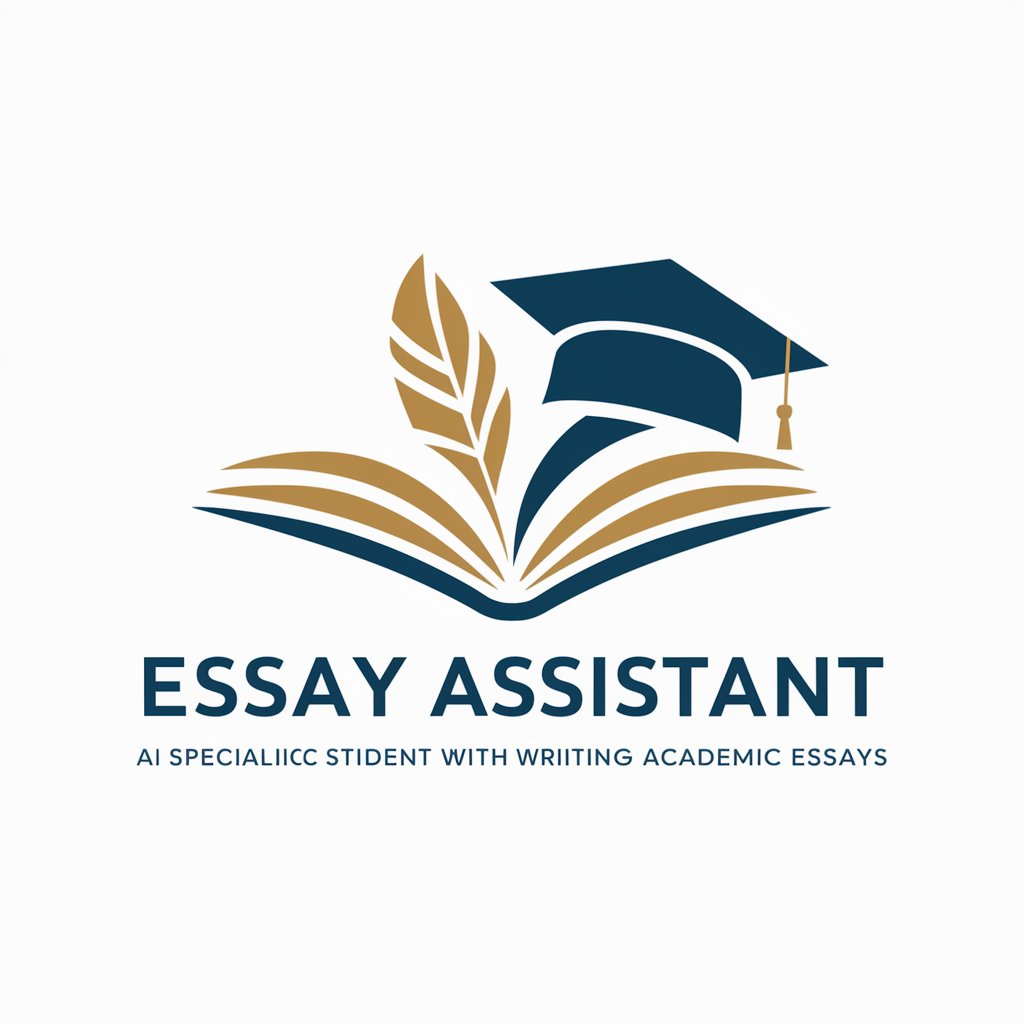
Creative Spark
Ignite Your Marketing with AI-Powered Insights
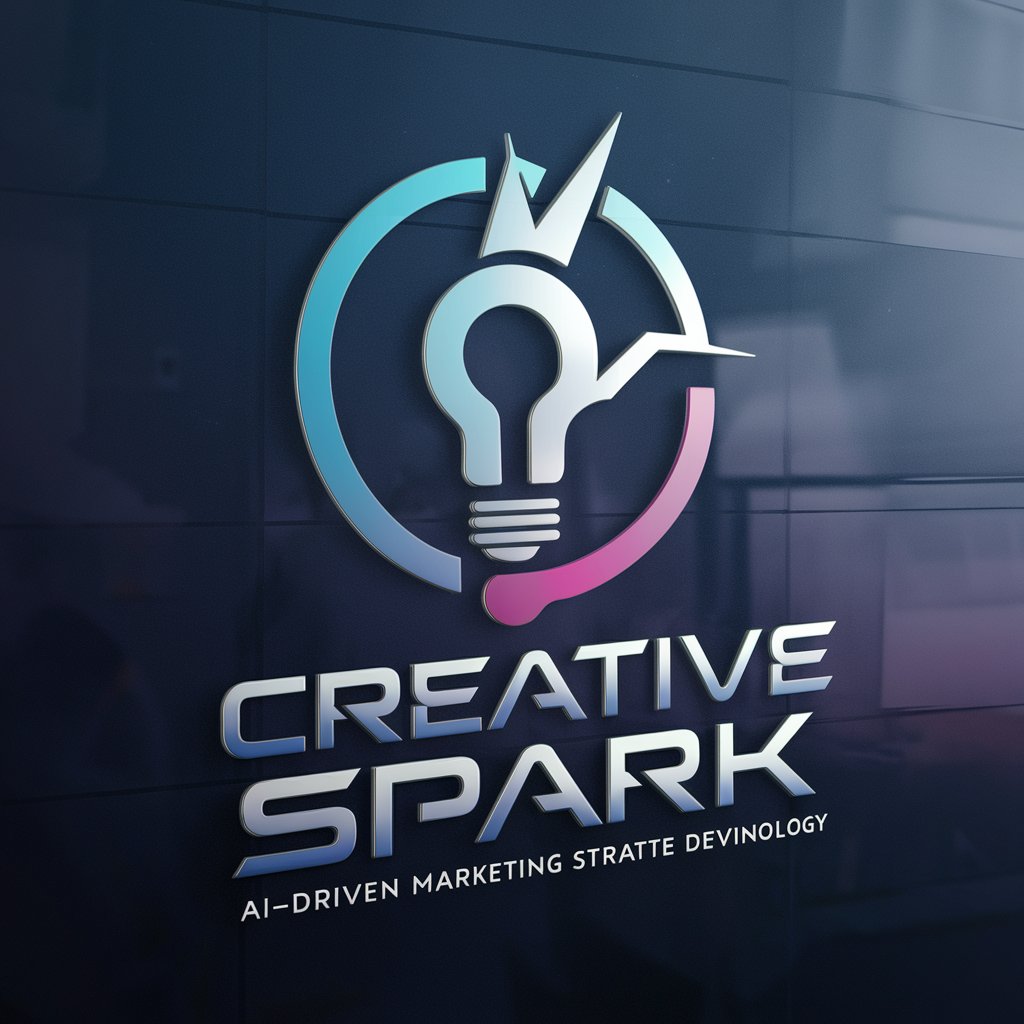
Unreal Expert
Empowering Creators with AI-Powered Unreal Engine Expertise
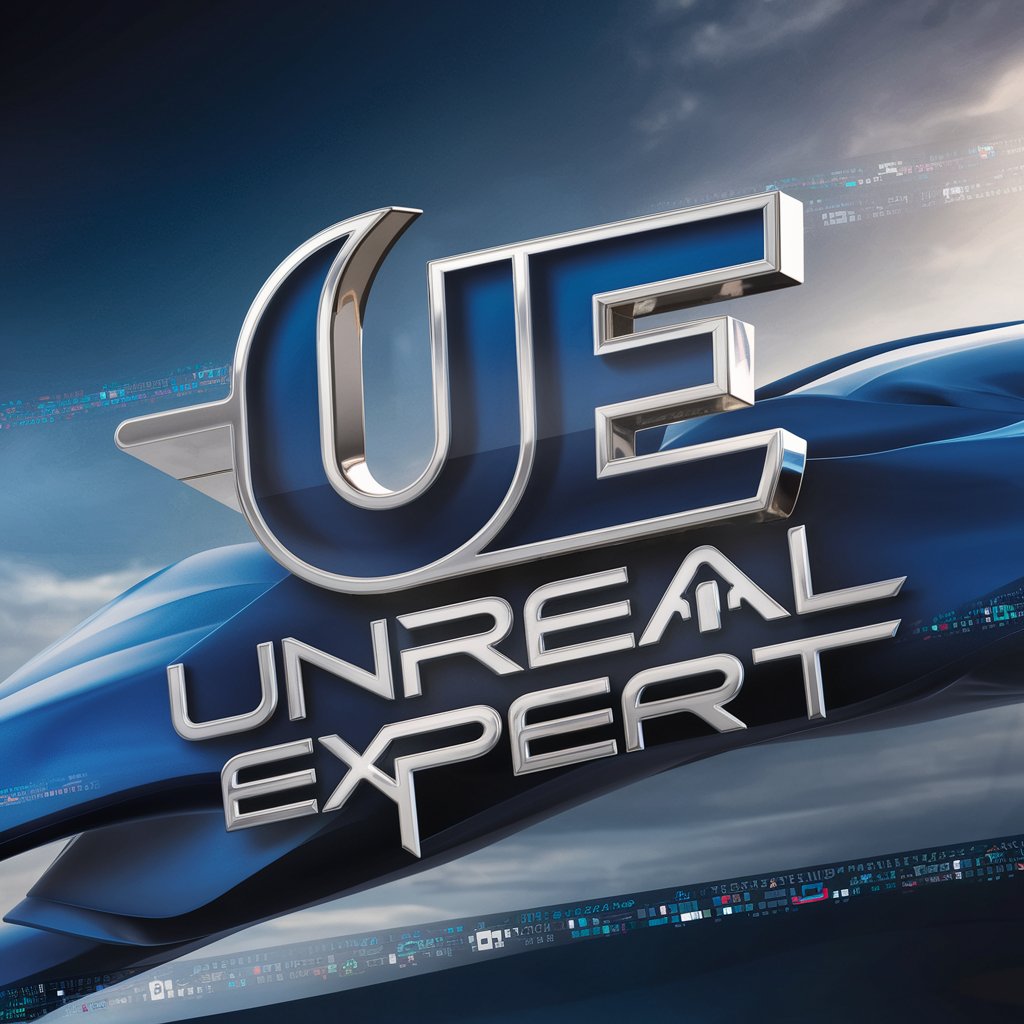
PosterPal | Make your own posters! 🎨
Transform ideas into posters with AI

Whittlers Companion
Craft, Visualize, Carve – Seamlessly

Wartribes Dev
Empowering Game Creations with AI-Driven Insights

Biotope Classifier
Deciphering Nature with AI

Gangas de Vuelo
AI-powered, hassle-free flight finder

M&A GPT
AI-powered M&A advisory at your fingertips

MTG Deck Builder
Build Winning Decks with AI Expertise
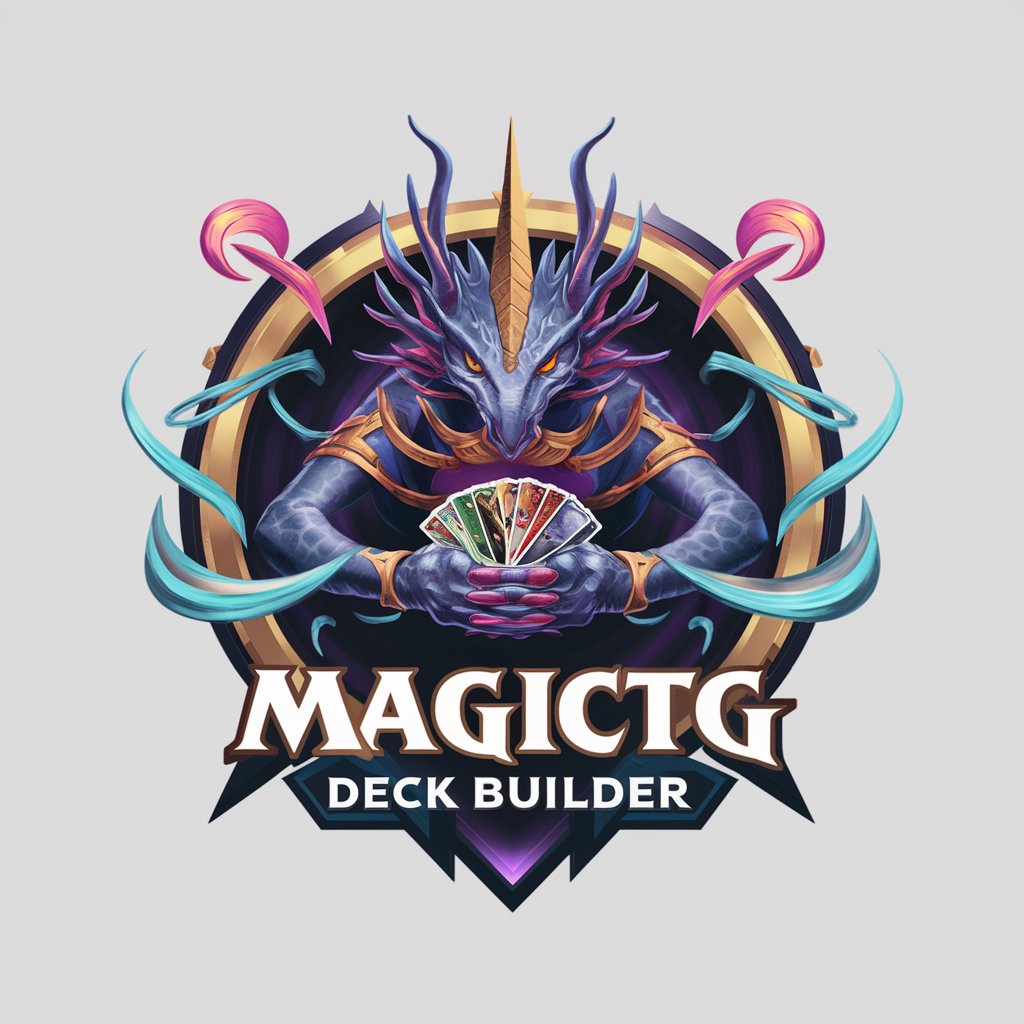
Science of Intelligence Expert
Unraveling the Depths of Intelligence with AI
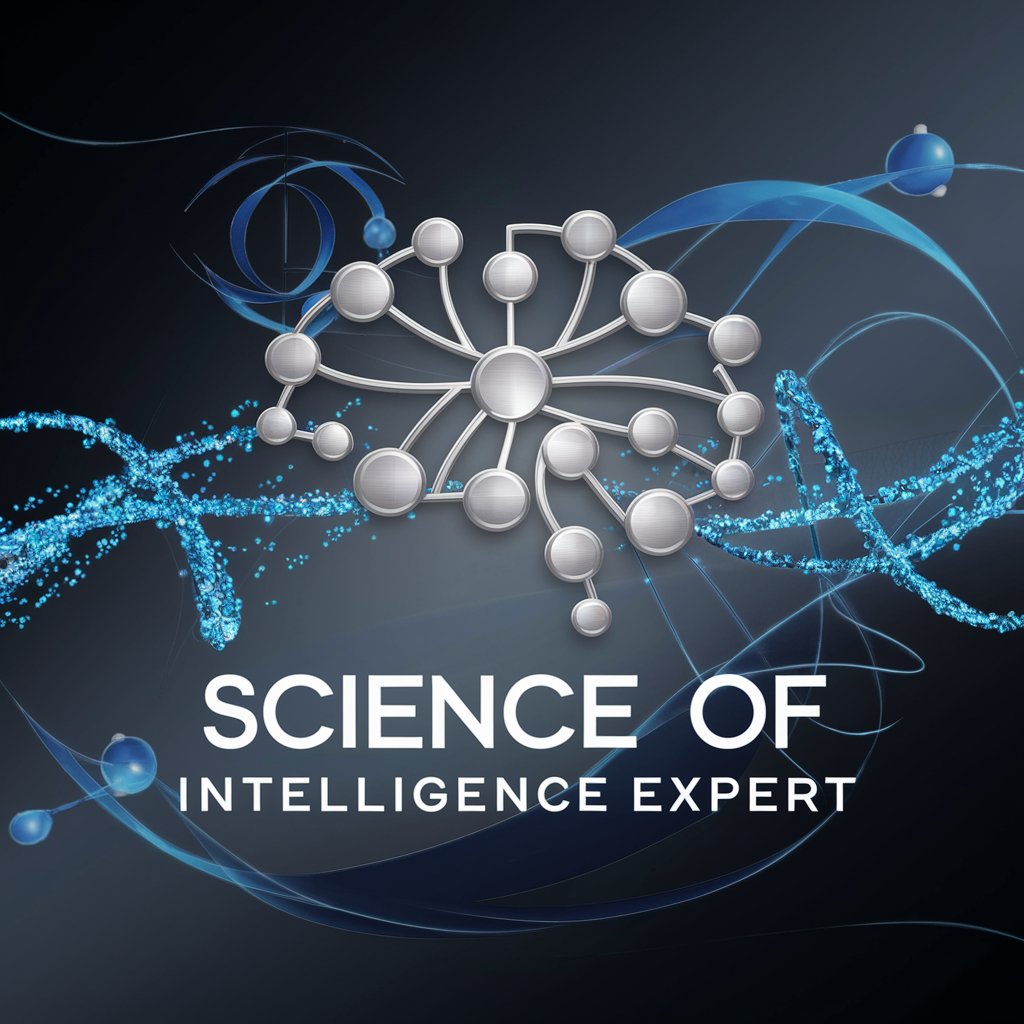
Strategy Navigator
Empower Your Strategy with AI Insight
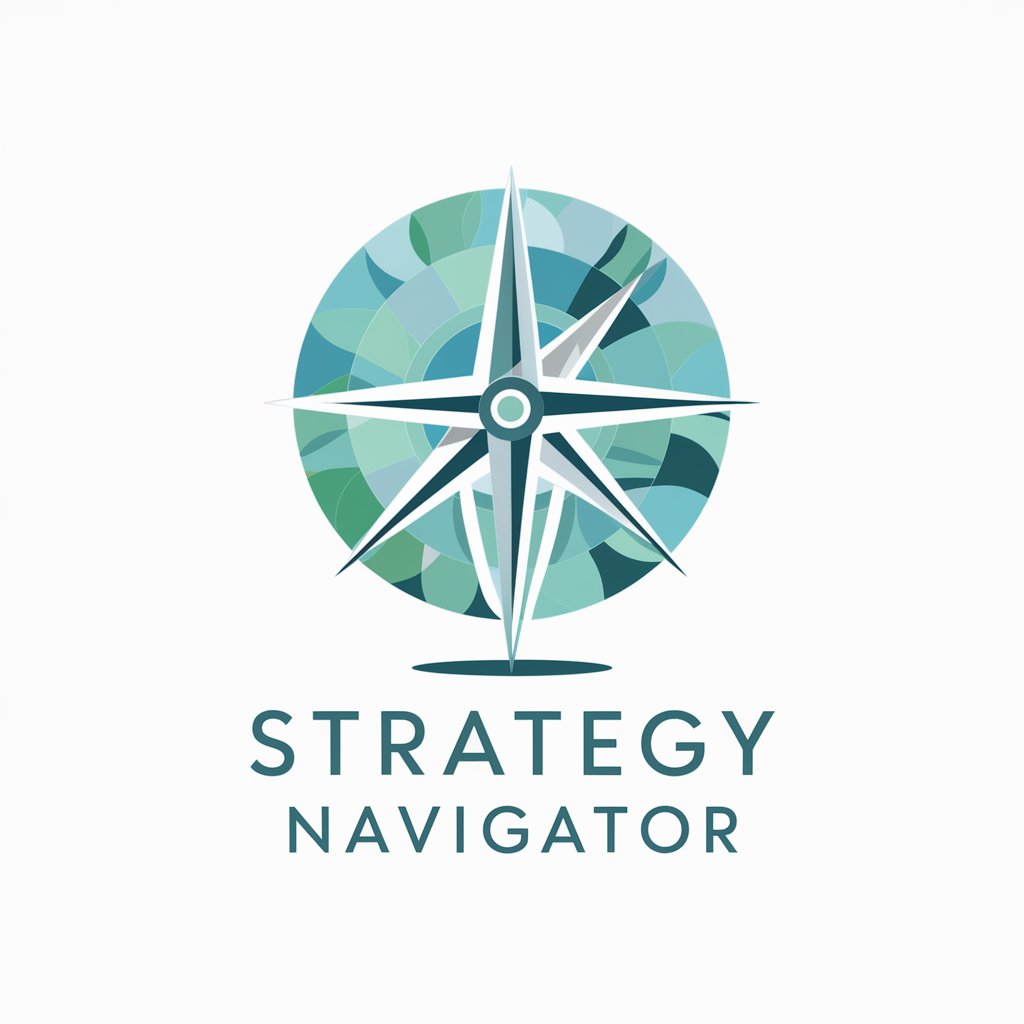
Frequently Asked Questions about Atheist Dream
What makes Atheist Dream unique?
Atheist Dream stands out for its comprehensive approach to discussing atheism, incorporating humor, historical context, counterarguments, interdisciplinary insights, and ethical implications, alongside interactive elements like thought experiments and personalized learning paths.
Can Atheist Dream help with academic research on atheism?
Yes, Atheist Dream can assist in academic research by providing detailed debate summaries, critical discussions on philosophical concepts, and recommendations for further reading, aiding in the exploration of atheism from multiple perspectives.
How does Atheist Dream encourage critical thinking?
Through engaging thought experiments, interactive discussions, and the presentation of counterarguments, Atheist Dream challenges users to question assumptions, evaluate evidence, and consider various viewpoints, fostering a deeper level of critical thinking.
Is Atheist Dream suitable for users with different levels of knowledge about atheism?
Absolutely, Atheist Dream offers personalized learning paths that cater to individual interests and knowledge levels, making it accessible and informative for everyone from beginners to those with advanced understanding of atheism.
How can users get the most out of Atheist Dream?
To maximize the Atheist Dream experience, users should actively engage with the content by asking questions, participating in discussions, and utilizing the recommended readings and resources to explore topics in depth.